
Awesome-explainable-AI
A collection of research materials on explainable AI/ML
Stars: 1343
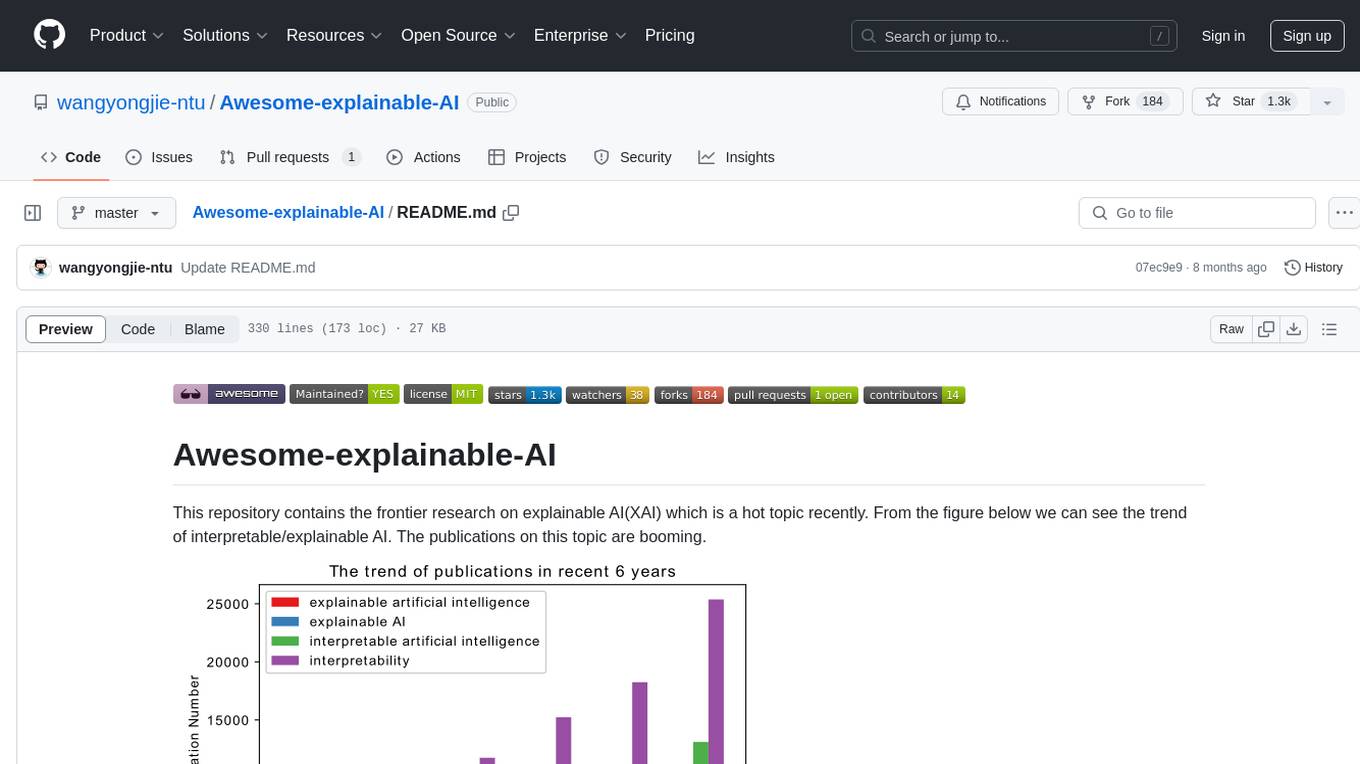
This repository contains frontier research on explainable AI (XAI), a hot topic in the field of artificial intelligence. It includes trends, use cases, survey papers, books, open courses, papers, and Python libraries related to XAI. The repository aims to organize and categorize publications on XAI, provide evaluation methods, and list various Python libraries for explainable AI.
README:
This repository contains the frontier research on explainable AI(XAI) which is a hot topic recently. From the figure below we can see the trend of interpretable/explainable AI. The publications on this topic are booming.

The figure below illustrates several use cases of XAI. Here we also divide the publications into serveal categories based on this figure. It is challenging to organise these papers well. Good to hear your voice!
Benchmarking and Survey of Explanation Methods for Black Box Models, DMKD 2023
Post-hoc Interpretability for Neural NLP: A Survey, ACM Computing Survey 2022
Explainable Artificial Intelligence (XAI): What we know and what is left to attain Trustworthy Artificial Intelligence, Information fusion 2023
Explainable Biometrics in the Age of Deep Learning, Arxiv preprint 2022
Explainable AI (XAI): Core Ideas, Techniques and Solutions, ACM Computing Survey 2022
A Review of Taxonomies of Explainable Artificial Intelligence (XAI) Methods, FaccT 2022
From Anecdotal Evidence to Quantitative Evaluation Methods: A Systematic Review on Evaluating Explainable AI, ArXiv preprint 2022. Corresponding website with collection of XAI methods
Interpretable machine learning:Fundamental principles and 10 grand challenges, Statist. Survey 2022
Teach Me to Explain: A Review of Datasets for Explainable Natural Language Processing, NeurlIPS 2021
Pitfalls of Explainable ML: An Industry Perspective, Arxiv preprint 2021
Explainable Machine Learning in Deployment, FAT 2020
The elephant in the interpretability room: Why use attention as explanation when we have saliency methods, EMNLP Workshop 2020
A Survey of the State of Explainable AI for Natural Language Processing, AACL-IJCNLP 2020
Interpretable Machine Learning – A Brief History, State-of-the-Art and Challenges, Communications in Computer and Information Science 2020
A brief survey of visualization methods for deep learning models from the perspective of Explainable AI, Information Visualization 2020
Explaining Explanations in AI, ACM FAT 2019
Machine learning interpretability: A survey on methods and metrics, Electronics, 2019
A Survey on Explainable Artificial Intelligence (XAI): Towards Medical XAI, IEEE TNNLS 2020
Interpretable machine learning: definitions, methods, and applications, Arxiv preprint 2019
Visual Analytics in Deep Learning: An Interrogative Survey for the Next Frontiers, IEEE Transactions on Visualization and Computer Graphics, 2019
Explainable Explainable Artificial Intelligence (XAI): Concepts, taxonomies, opportunities and challenges toward responsible AI, Information Fusion, 2019
Explanation in artificial intelligence: Insights from the social sciences, Artificial Intelligence 2019
Evaluating Explanation Without Ground Truth in Interpretable Machine Learning, Arxiv preprint 2019
Explanation in Human-AI Systems: A Literature Meta-Review Synopsis of Key Ideas and Publications and Bibliography for Explainable AI, DARPA XAI literature Review 2019
A survey of methods for explaining black box models, ACM Computing Surveys, 2018
Explaining Explanations: An Overview of Interpretability of Machine Learning, IEEE DSAA, 2018
Peeking Inside the Black-Box: A Survey on Explainable Artificial Intelligence (XAI), IEEE Access, 2018
Explainable artificial intelligence: A survey, MIPRO, 2018
The Mythos of Model Interpretability: In machine learning, the concept of interpretability is both important and slippery, ACM Queue 2018
How Convolutional Neural Networks See the World — A Survey of Convolutional Neural Network Visualization Methods, Mathematical Foundations of Computing 2018
Explainable Artificial Intelligence: Understanding, Visualizing and Interpreting Deep Learning Models, Arxiv 2017
Towards A Rigorous Science of Interpretable Machine Learning, Arxiv preprint 2017
Explaining Explanation, Part 1: Theoretical Foundations, IEEE Intelligent System 2017
Explaining Explanation, Part 2: Empirical Foundations, IEEE Intelligent System 2017
Explaining Explanation, Part 3: The Causal Landscape, IEEE Intelligent System 2017
Explaining Explanation, Part 4: A Deep Dive on Deep Nets, IEEE Intelligent System 2017
An accurate comparison of methods for quantifying variable importance in artificial neural networks using simulated data, Ecological Modelling 2004
Review and comparison of methods to study the contribution of variables in artificial neural network models, Ecological Modelling 2003
Explainable Artificial Intelligence (xAI) Approaches and Deep Meta-Learning Models, Advances in Deep Learning Chapter 2020
Explainable AI: Interpreting, Explaining and Visualizing Deep Learning, Springer 2019
Explanation in Artificial Intelligence: Insights from the Social Sciences, 2017 arxiv preprint
Visualizations of Deep Neural Networks in Computer Vision: A Survey, Springer Transparent Data Mining for Big and Small Data 2017
Explanatory Model Analysis Explore, Explain and Examine Predictive Models
Interpretable Machine Learning A Guide for Making Black Box Models Explainable
Limitations of Interpretable Machine Learning Methods
Interpretability and Explainability in Machine Learning, Harvard University
We mainly follow the taxonomy in the survey paper and divide the XAI/XML papers into the several branches.
Faithfulness Tests for Natural Language Explanations, ACL 2023
OpenXAI: Towards a Transparent Evaluation of Model Explanations, Arxiv 2022
From Anecdotal Evidence to Quantitative Evaluation Methods: A Systematic Review on Evaluating Explainable AI, ArXiv preprint 2022. Corresponding website with collection of XAI methods
Towards Better Understanding Attribution Methods, CVPR 2022
Evaluations and Methods for Explanation through Robustness Analysis, arxiv preprint 2020
Evaluating and Aggregating Feature-based Model Explanations, IJCAI 2020
Sanity Checks for Saliency Metrics, AAAI 2020
A benchmark for interpretability methods in deep neural networks, NIPS 2019
What Do Different Evaluation Metrics Tell Us About Saliency Models?, TPAMI 2018
Methods for interpreting and understanding deep neural networks, Digital Signal Processing 2017
Evaluating the visualization of what a Deep Neural Network has learned, IEEE Transactions on Neural Networks and Learning Systems 2015
AIF360: https://github.com/Trusted-AI/AIF360,
AIX360: https://github.com/IBM/AIX360,
Anchor: https://github.com/marcotcr/anchor, scikit-learn
Alibi: https://github.com/SeldonIO/alibi
Alibi-detect: https://github.com/SeldonIO/alibi-detect
BlackBoxAuditing: https://github.com/algofairness/BlackBoxAuditing, scikit-learn
Brain2020: https://github.com/vkola-lab/brain2020, Pytorch, 3D Brain MRI
Boruta-Shap: https://github.com/Ekeany/Boruta-Shap, scikit-learn
casme: https://github.com/kondiz/casme, Pytorch
Captum: https://github.com/pytorch/captum, Pytorch,
cnn-exposed: https://github.com/idealo/cnn-exposed, Tensorflow
ClusterShapley: https://github.com/wilsonjr/ClusterShapley, Sklearn
DALEX: https://github.com/ModelOriented/DALEX,
Deeplift: https://github.com/kundajelab/deeplift, Tensorflow, Keras
DeepExplain: https://github.com/marcoancona/DeepExplain, Tensorflow, Keras
Deep Visualization Toolbox: https://github.com/yosinski/deep-visualization-toolbox, Caffe,
dianna: https://github.com/dianna-ai/dianna, ONNX,
Eli5: https://github.com/TeamHG-Memex/eli5, Scikit-learn, Keras, xgboost, lightGBM, catboost etc.
explabox: https://github.com/MarcelRobeer/explabox, ONNX, Scikit-learn, Pytorch, Keras, Tensorflow, Huggingface
explainx: https://github.com/explainX/explainx, xgboost, catboost
ExplainaBoard: https://github.com/neulab/ExplainaBoard,
ExKMC: https://github.com/navefr/ExKMC, Python,
Facet: https://github.com/BCG-Gamma/facet, sklearn,
Grad-cam-Tensorflow: https://github.com/insikk/Grad-CAM-tensorflow, Tensorflow
GRACE: https://github.com/lethaiq/GRACE_KDD20, Pytorch
Innvestigate: https://github.com/albermax/innvestigate, tensorflow, theano, cntk, Keras
imodels: https://github.com/csinva/imodels,
InterpretML: https://github.com/interpretml/interpret
interpret-community: https://github.com/interpretml/interpret-community
Integrated-Gradients: https://github.com/ankurtaly/Integrated-Gradients, Tensorflow
Keras-grad-cam: https://github.com/jacobgil/keras-grad-cam, Keras
Keras-vis: https://github.com/raghakot/keras-vis, Keras
keract: https://github.com/philipperemy/keract, Keras
Lucid: https://github.com/tensorflow/lucid, Tensorflow
LIT: https://github.com/PAIR-code/lit, Tensorflow, specified for NLP Task
Lime: https://github.com/marcotcr/lime, Nearly all platform on Python
LOFO: https://github.com/aerdem4/lofo-importance, scikit-learn
modelStudio: https://github.com/ModelOriented/modelStudio, Keras, Tensorflow, xgboost, lightgbm, h2o
M3d-Cam: https://github.com/MECLabTUDA/M3d-Cam, PyTorch,
NeuroX: https://github.com/fdalvi/NeuroX, PyTorch,
neural-backed-decision-trees: https://github.com/alvinwan/neural-backed-decision-trees, Pytorch
Outliertree: https://github.com/david-cortes/outliertree, (Python, R, C++),
InterpretDL: https://github.com/PaddlePaddle/InterpretDL, (Python PaddlePaddle),
polyjuice: https://github.com/tongshuangwu/polyjuice, (Pytorch),
pytorch-cnn-visualizations: https://github.com/utkuozbulak/pytorch-cnn-visualizations, Pytorch
Pytorch-grad-cam: https://github.com/jacobgil/pytorch-grad-cam, Pytorch
PDPbox: https://github.com/SauceCat/PDPbox, Scikit-learn
py-ciu:https://github.com/TimKam/py-ciu/,
PyCEbox: https://github.com/AustinRochford/PyCEbox
path_explain: https://github.com/suinleelab/path_explain, Tensorflow
Quantus: https://github.com/understandable-machine-intelligence-lab/Quantus, Tensorflow, Pytorch
rulefit: https://github.com/christophM/rulefit,
rulematrix: https://github.com/rulematrix/rule-matrix-py,
Saliency: https://github.com/PAIR-code/saliency, Tensorflow
SHAP: https://github.com/slundberg/shap, Nearly all platform on Python
Shapley: https://github.com/benedekrozemberczki/shapley,
Skater: https://github.com/oracle/Skater
TCAV: https://github.com/tensorflow/tcav, Tensorflow, scikit-learn
skope-rules: https://github.com/scikit-learn-contrib/skope-rules, Scikit-learn
TensorWatch: https://github.com/microsoft/tensorwatch.git, Tensorflow
tf-explain: https://github.com/sicara/tf-explain, Tensorflow
Treeinterpreter: https://github.com/andosa/treeinterpreter, scikit-learn,
torch-cam: https://github.com/frgfm/torch-cam, Pytorch,
WeightWatcher: https://github.com/CalculatedContent/WeightWatcher, Keras, Pytorch
What-if-tool: https://github.com/PAIR-code/what-if-tool, Tensorflow
XAI: https://github.com/EthicalML/xai, scikit-learn
Xplique: https://github.com/deel-ai/xplique, Tensorflow,
https://github.com/jphall663/awesome-machine-learning-interpretability,
https://github.com/lopusz/awesome-interpretable-machine-learning,
https://github.com/pbiecek/xai_resources,
https://github.com/h2oai/mli-resources,
https://github.com/AstraZeneca/awesome-explainable-graph-reasoning,
https://github.com/utwente-dmb/xai-papers,
https://github.com/samzabdiel/XAI,
Need your help to re-organize and refine current taxonomy. Thanks very very much!
I appreciate it very much if you could add more works related to XAI/XML to this repo, archive uncategoried papers or anything to enrich this repo.
If any questions, feel free to drop me an email([email protected]). Welcome to discuss together.
For Tasks:
Click tags to check more tools for each tasksFor Jobs:
Alternative AI tools for Awesome-explainable-AI
Similar Open Source Tools

Awesome-explainable-AI
This repository contains frontier research on explainable AI (XAI), a hot topic in the field of artificial intelligence. It includes trends, use cases, survey papers, books, open courses, papers, and Python libraries related to XAI. The repository aims to organize and categorize publications on XAI, provide evaluation methods, and list various Python libraries for explainable AI.

Awesome-RL-based-LLM-Reasoning
This repository is dedicated to enhancing Language Model (LLM) reasoning with reinforcement learning (RL). It includes a collection of the latest papers, slides, and materials related to RL-based LLM reasoning, aiming to facilitate quick learning and understanding in this field. Starring this repository allows users to stay updated and engaged with the forefront of RL-based LLM reasoning.
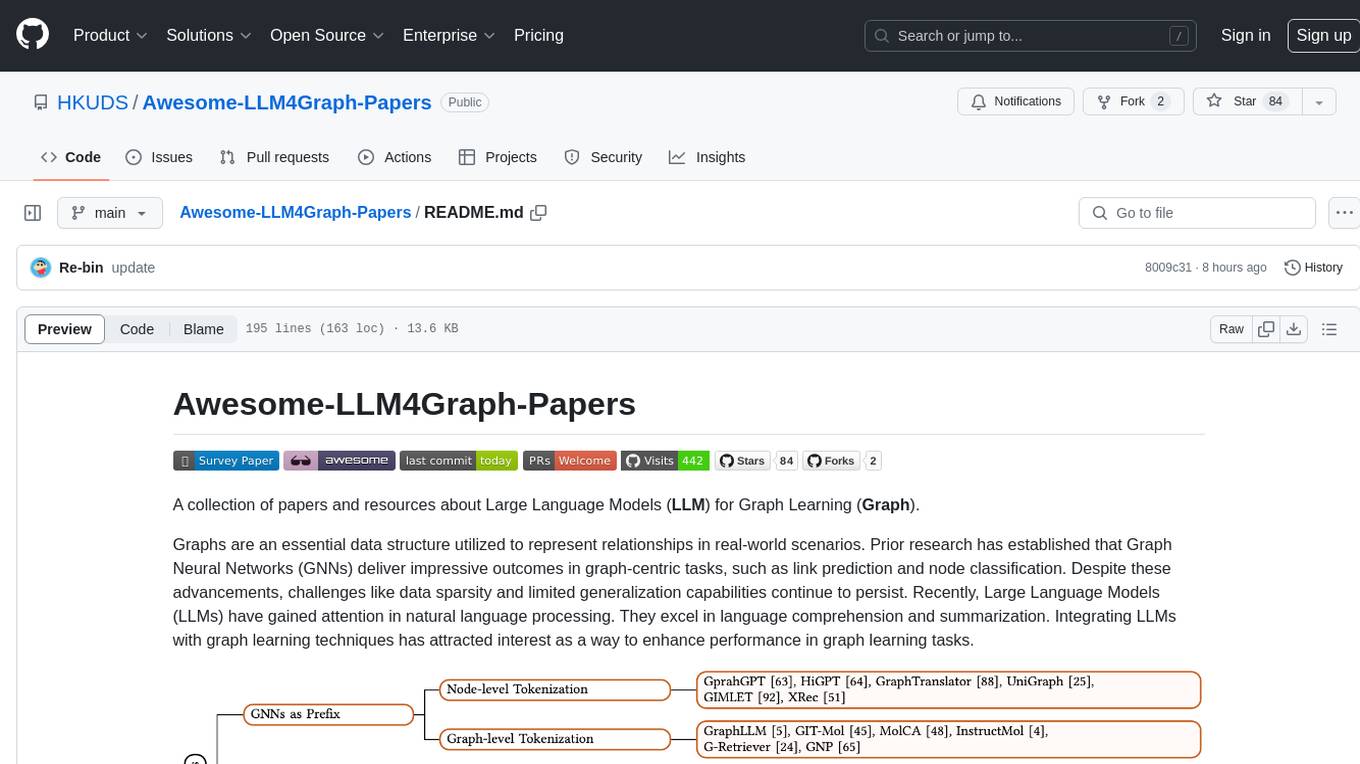
Awesome-LLM4Graph-Papers
A collection of papers and resources about Large Language Models (LLM) for Graph Learning (Graph). Integrating LLMs with graph learning techniques to enhance performance in graph learning tasks. Categorizes approaches based on four primary paradigms and nine secondary-level categories. Valuable for research or practice in self-supervised learning for recommendation systems.
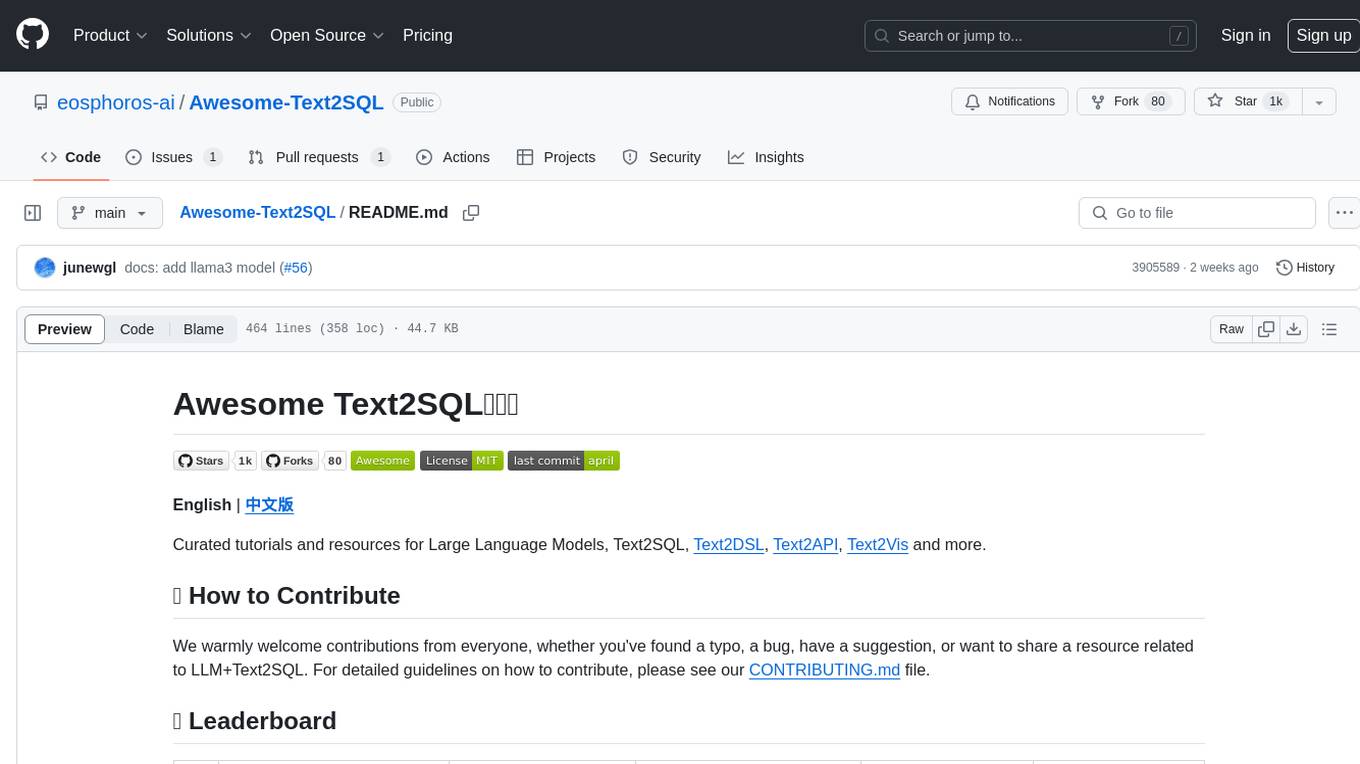
Awesome-Text2SQL
Awesome Text2SQL is a curated repository containing tutorials and resources for Large Language Models, Text2SQL, Text2DSL, Text2API, Text2Vis, and more. It provides guidelines on converting natural language questions into structured SQL queries, with a focus on NL2SQL. The repository includes information on various models, datasets, evaluation metrics, fine-tuning methods, libraries, and practice projects related to Text2SQL. It serves as a comprehensive resource for individuals interested in working with Text2SQL and related technologies.
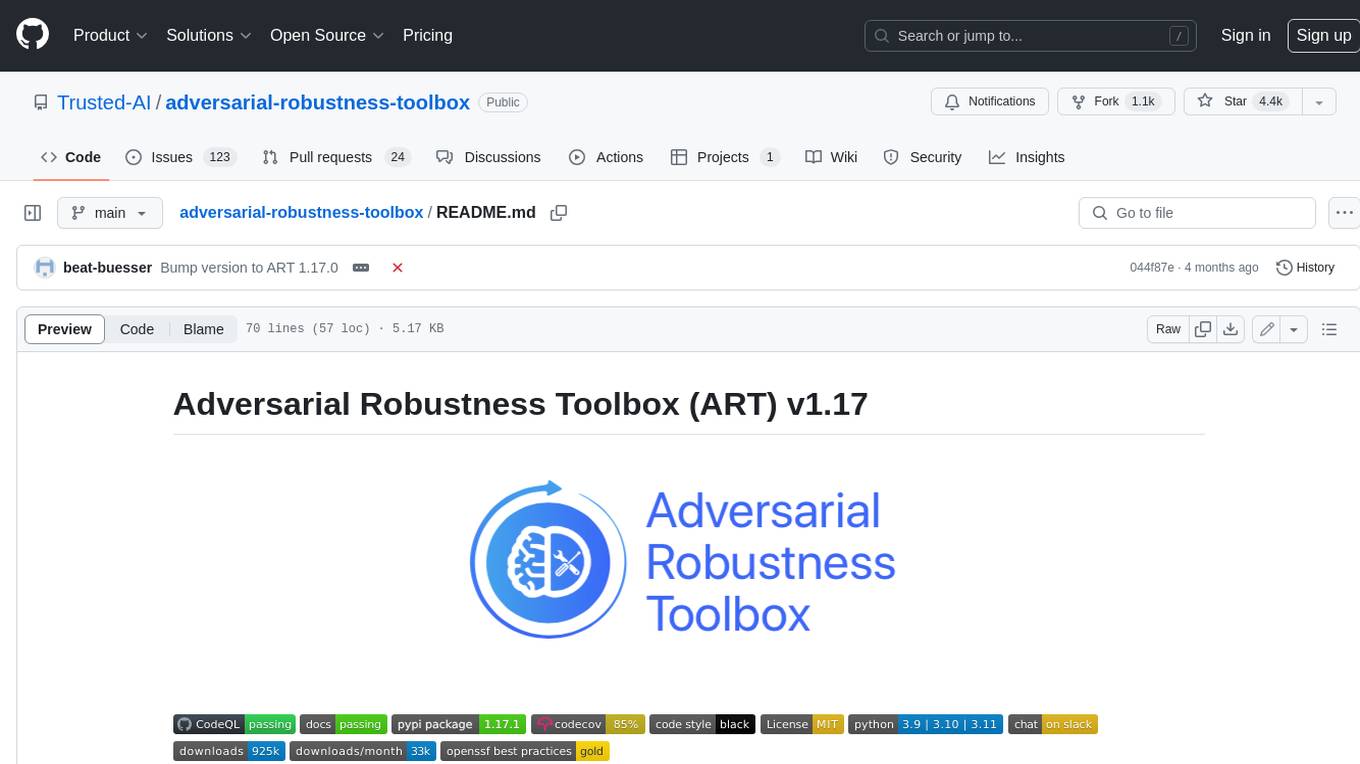
adversarial-robustness-toolbox
Adversarial Robustness Toolbox (ART) is a Python library for Machine Learning Security. ART provides tools that enable developers and researchers to defend and evaluate Machine Learning models and applications against the adversarial threats of Evasion, Poisoning, Extraction, and Inference. ART supports all popular machine learning frameworks (TensorFlow, Keras, PyTorch, MXNet, scikit-learn, XGBoost, LightGBM, CatBoost, GPy, etc.), all data types (images, tables, audio, video, etc.) and machine learning tasks (classification, object detection, speech recognition, generation, certification, etc.).
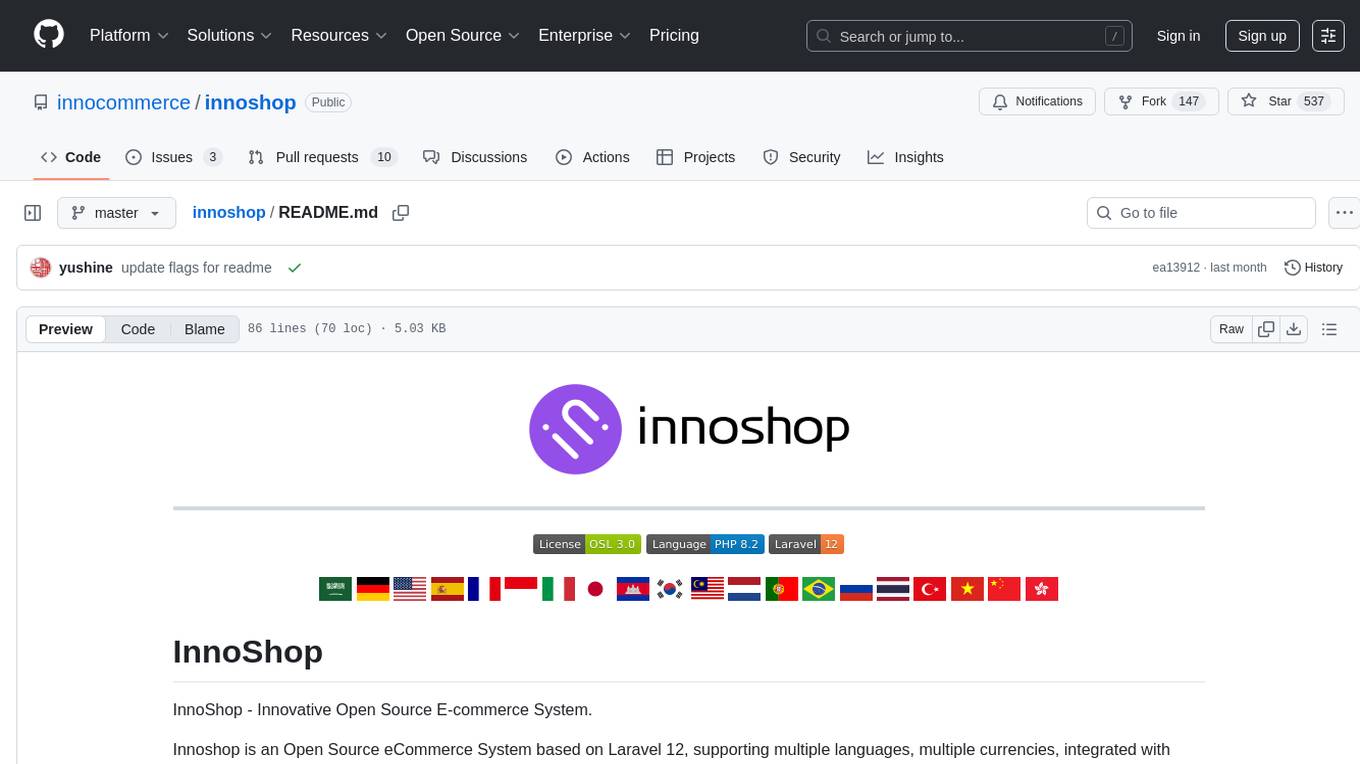
innoshop
InnoShop is an innovative open-source e-commerce system based on Laravel 12. It supports multiple languages, multiple currencies, and is integrated with OpenAI. The system features plugin mechanisms and theme template development for enhanced user experience and system extensibility. It is globally oriented, user-friendly, and based on the latest technology with deep AI integration.
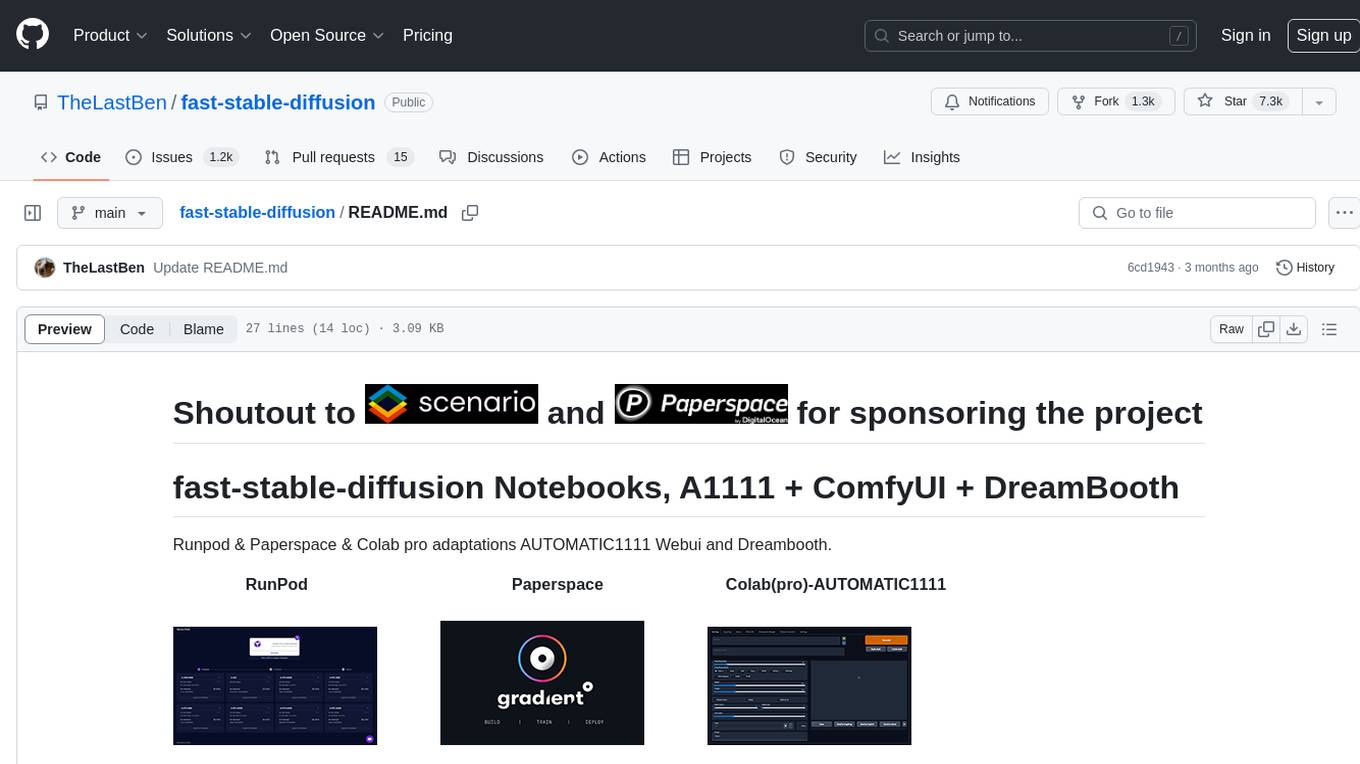
fast-stable-diffusion
Fast-stable-diffusion is a project that offers notebooks for RunPod, Paperspace, and Colab Pro adaptations with AUTOMATIC1111 Webui and Dreambooth. It provides tools for running and implementing Dreambooth, a stable diffusion project. The project includes implementations by XavierXiao and is sponsored by Runpod, Paperspace, and Colab Pro.
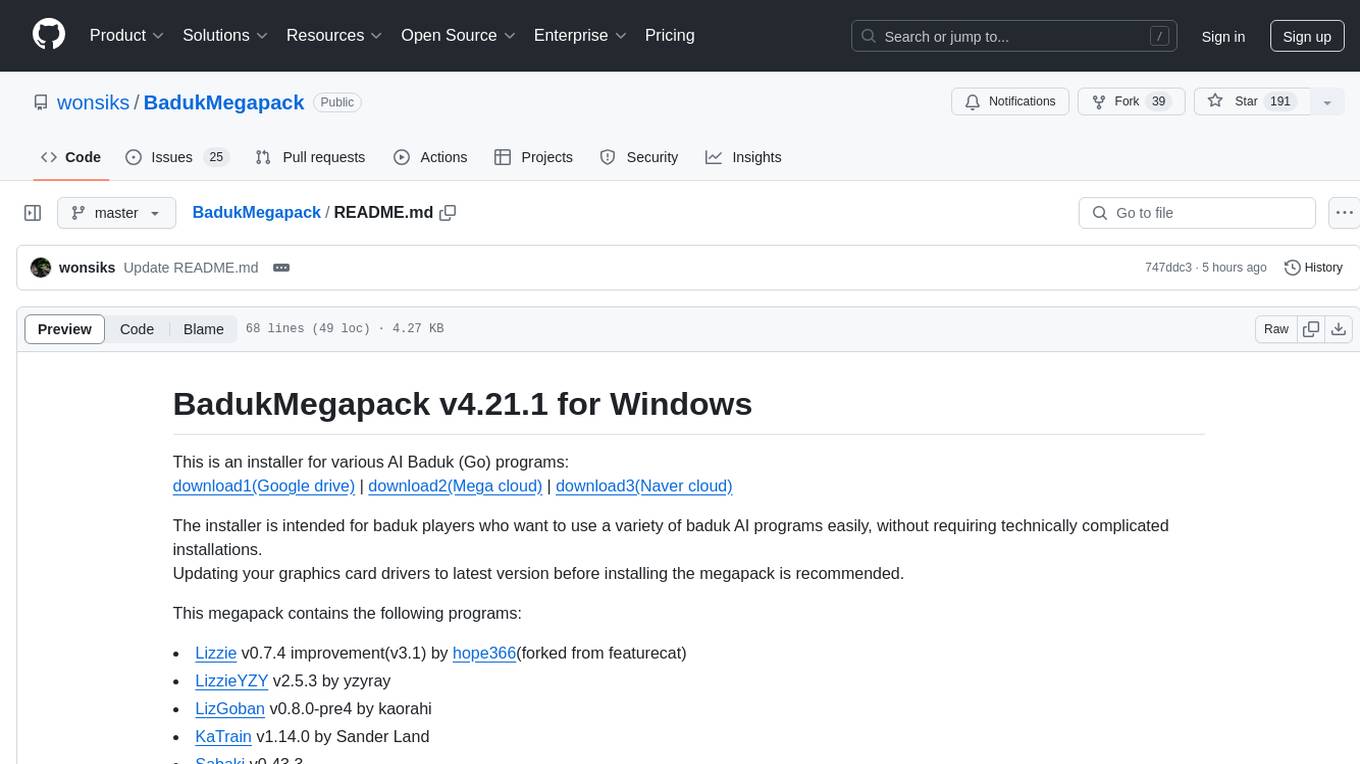
BadukMegapack
BadukMegapack is an installer for various AI Baduk (Go) programs, designed for baduk players who want to easily access and use a variety of baduk AI programs without complex installations. The megapack includes popular programs like Lizzie, KaTrain, Sabaki, KataGo, LeelaZero, and more, along with weight files for different AI models. Users can update their graphics card drivers before installation for optimal performance.
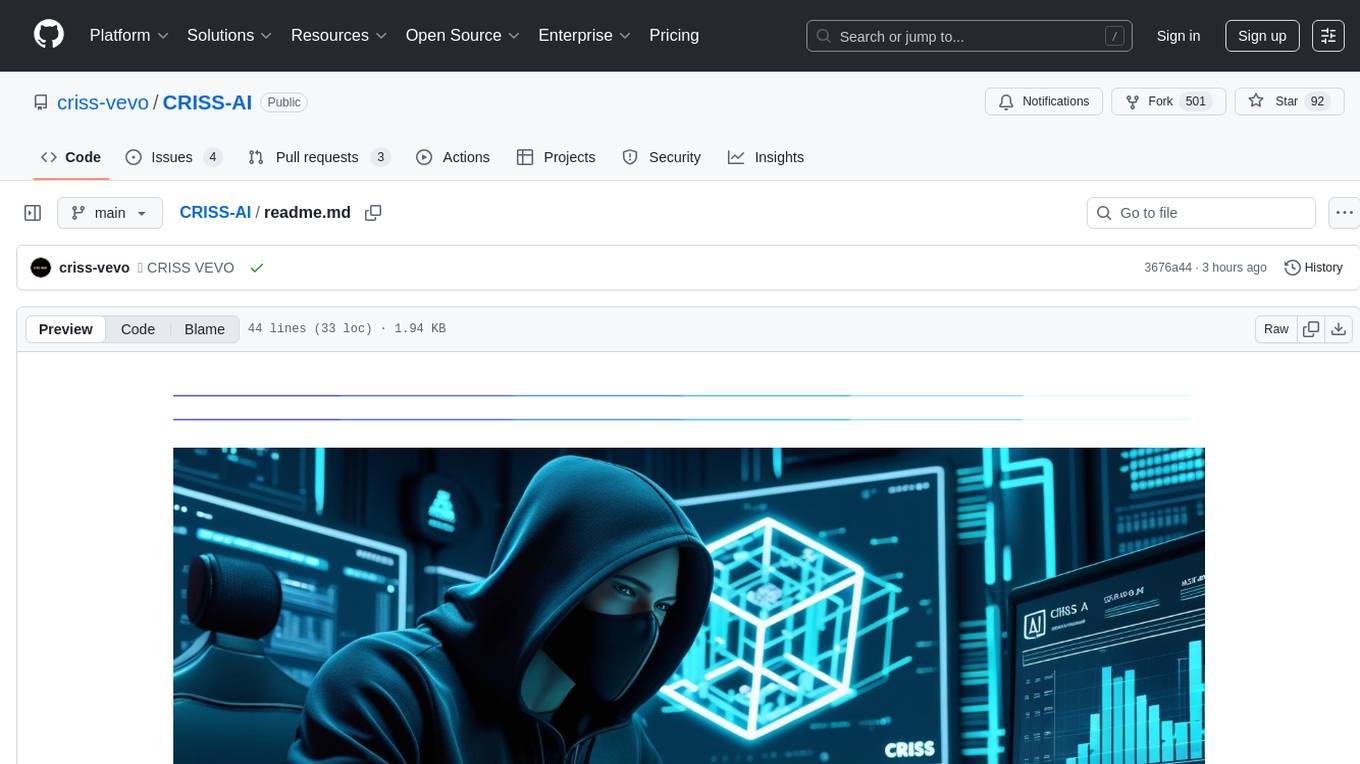
CRISS-AI
CRISS-AI is a powerful WhatsApp bot crafted by Criss Vevo, utilizing next-gen AI technology. It offers fast, secure, and reliable solutions for various tasks. The repository provides tools for forking, session management, and deployment on platforms like Heroku and Render. Users can also promote their channels using the available features.
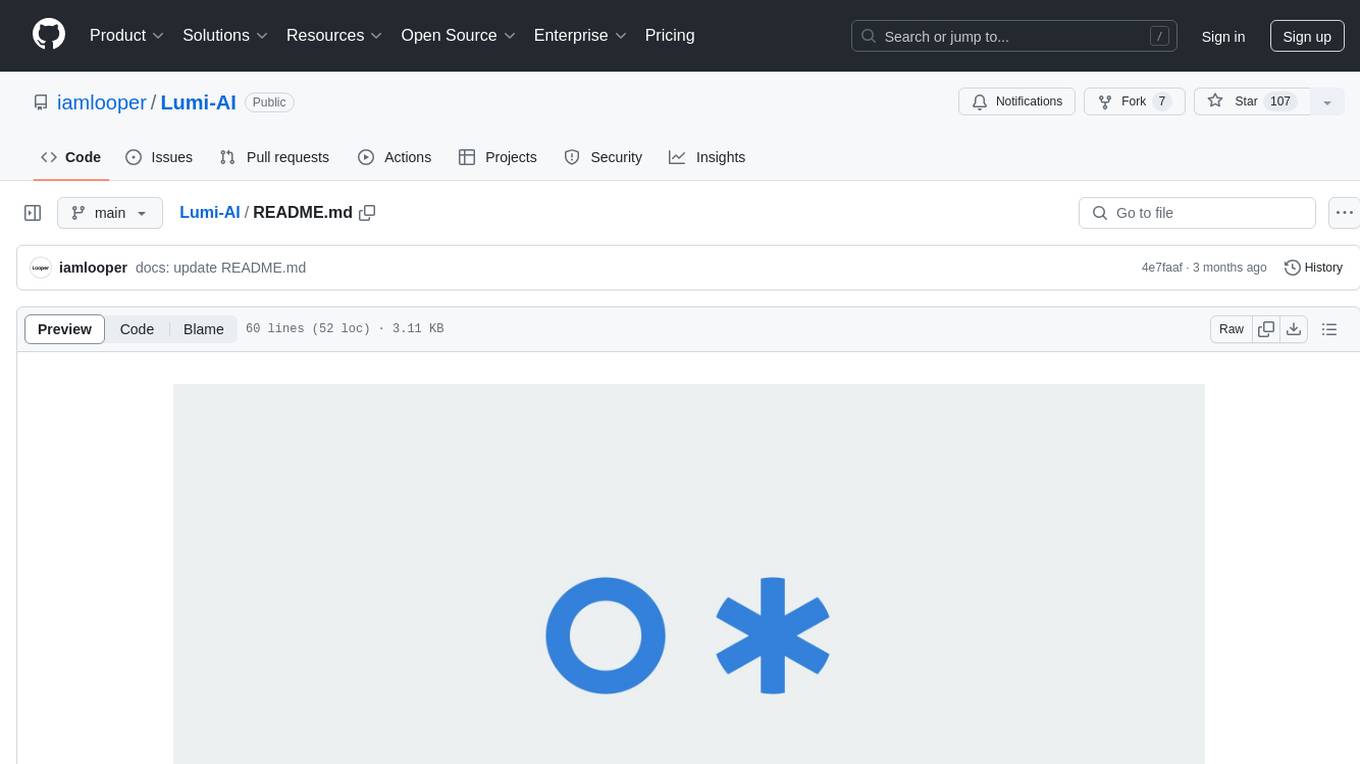
Lumi-AI
Lumi AI is a friendly AI sidekick with a human-like personality that offers features like file upload and analysis, web search, local chat storage, custom instructions, changeable conversational style, enhanced context retention, voice query input, and various tools. The project has been developed with contributions from a team of developers, designers, and testers, and is licensed under Apache 2.0 and MIT licenses.
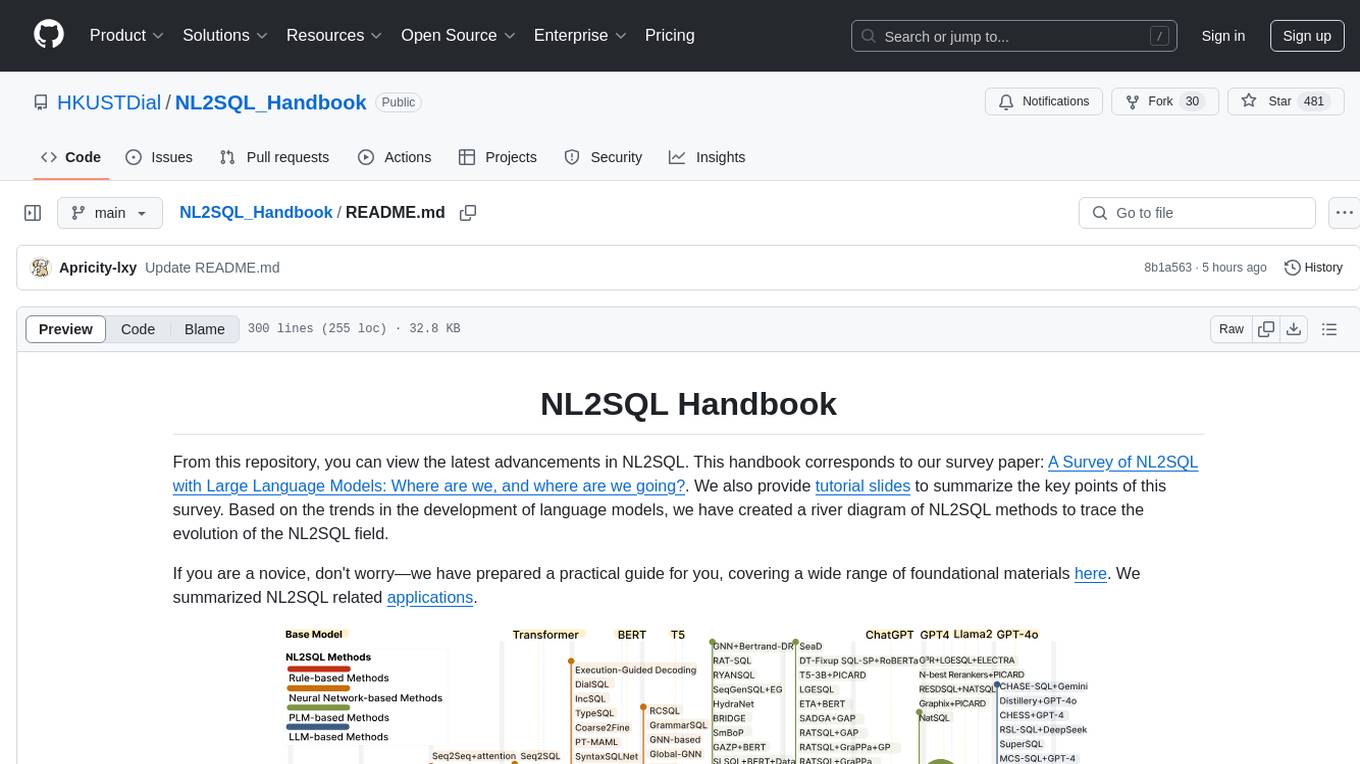
NL2SQL_Handbook
NL2SQL Handbook provides a comprehensive overview of Natural Language to SQL (NL2SQL) advancements, including survey papers, tutorial slides, and a river diagram of NL2SQL methods. It covers the evolution of NL2SQL solutions, module-based methods, benchmark development, and future directions. The repository also offers practical guides for beginners, access to high-performance language models, and evaluation metrics for NL2SQL models.
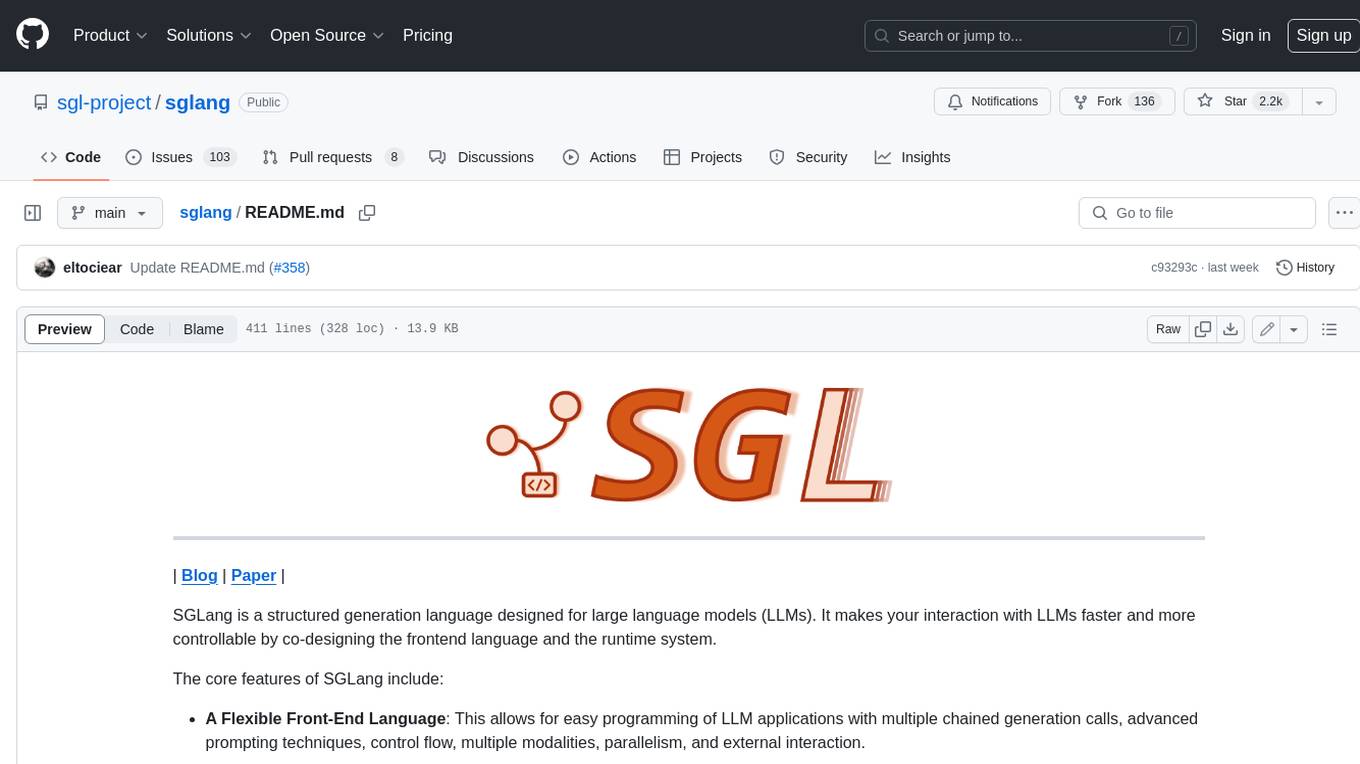
sglang
SGLang is a structured generation language designed for large language models (LLMs). It makes your interaction with LLMs faster and more controllable by co-designing the frontend language and the runtime system. The core features of SGLang include: - **A Flexible Front-End Language**: This allows for easy programming of LLM applications with multiple chained generation calls, advanced prompting techniques, control flow, multiple modalities, parallelism, and external interaction. - **A High-Performance Runtime with RadixAttention**: This feature significantly accelerates the execution of complex LLM programs by automatic KV cache reuse across multiple calls. It also supports other common techniques like continuous batching and tensor parallelism.
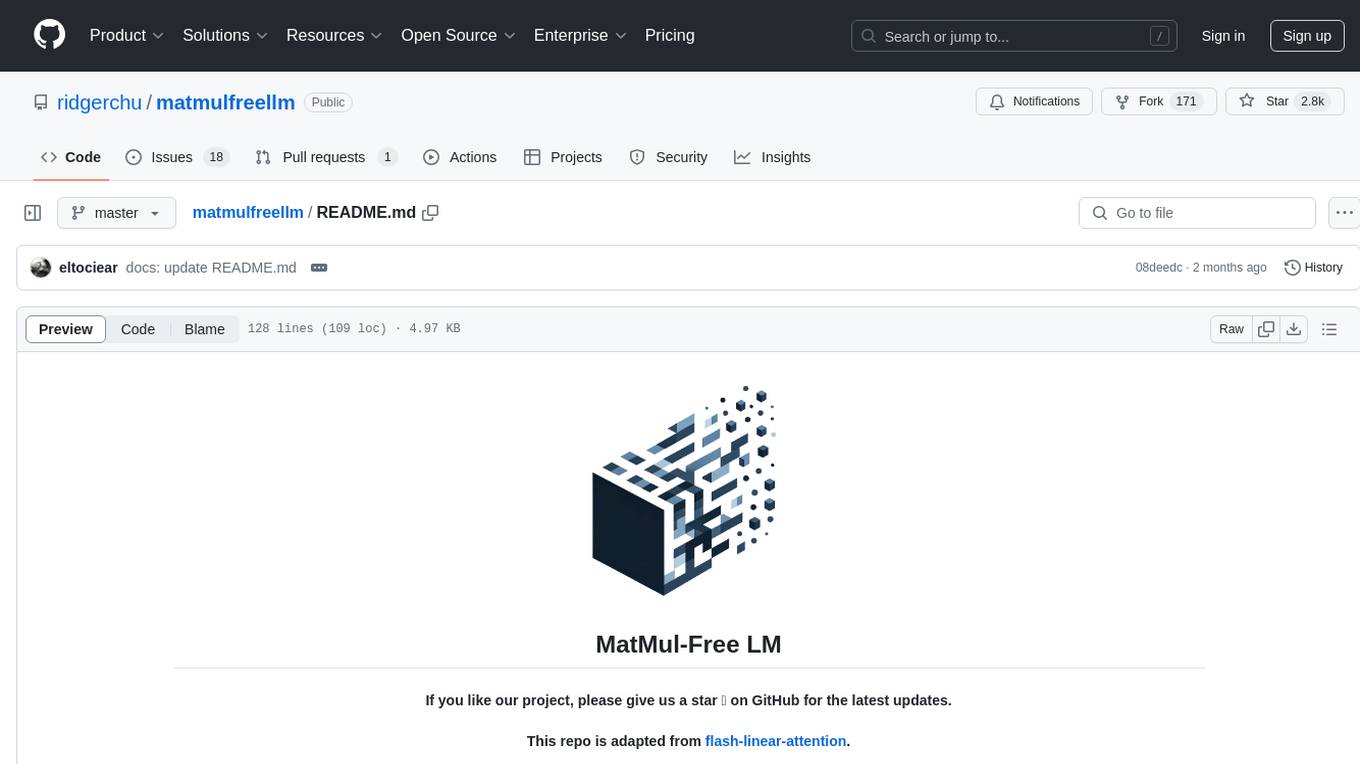
matmulfreellm
MatMul-Free LM is a language model architecture that eliminates the need for Matrix Multiplication (MatMul) operations. This repository provides an implementation of MatMul-Free LM that is compatible with the 🤗 Transformers library. It evaluates how the scaling law fits to different parameter models and compares the efficiency of the architecture in leveraging additional compute to improve performance. The repo includes pre-trained models, model implementations compatible with 🤗 Transformers library, and generation examples for text using the 🤗 text generation APIs.
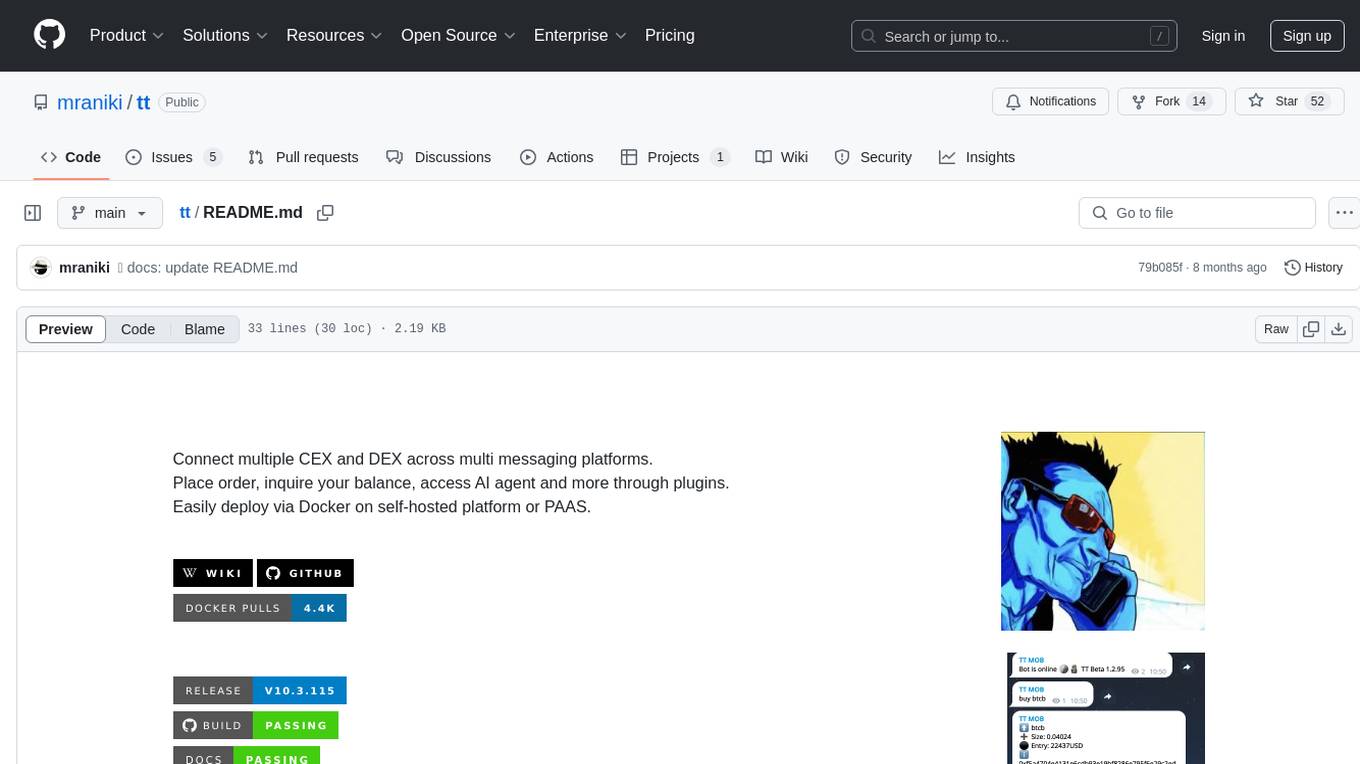
tt
Connect multiple CEX and DEX across multi messaging platforms. Place order, inquire your balance, access AI agent and more through plugins. Easily deploy via Docker on self-hosted platform or PAAS.
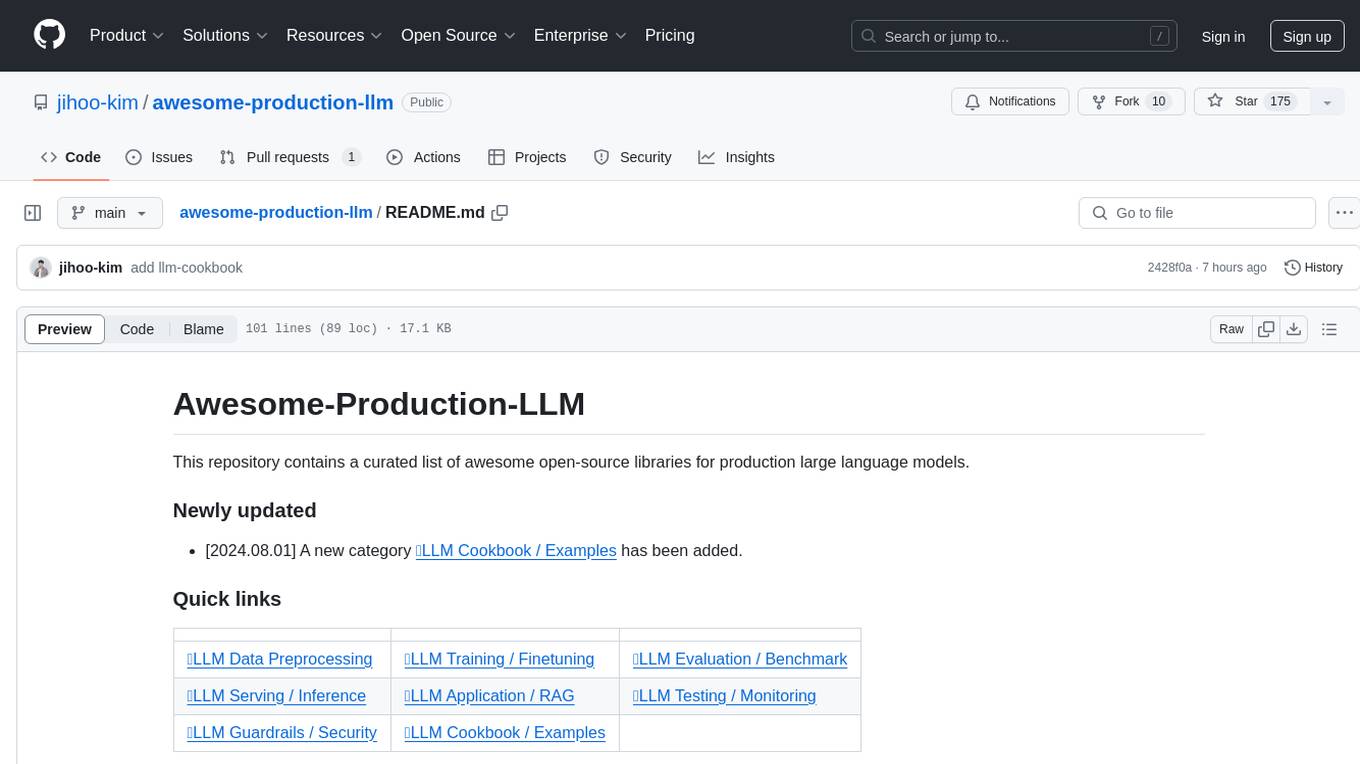
awesome-production-llm
This repository is a curated list of open-source libraries for production large language models. It includes tools for data preprocessing, training/finetuning, evaluation/benchmarking, serving/inference, application/RAG, testing/monitoring, and guardrails/security. The repository also provides a new category called LLM Cookbook/Examples for showcasing examples and guides on using various LLM APIs.
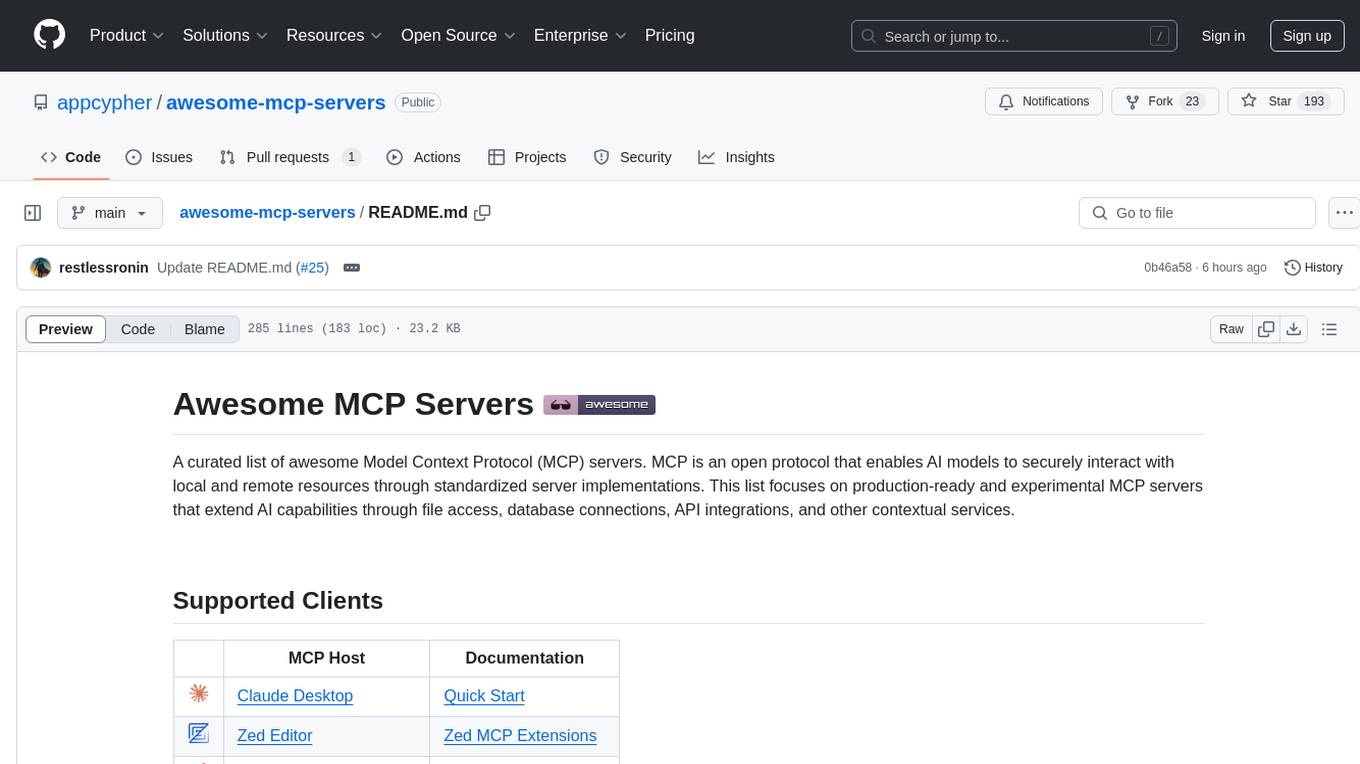
awesome-mcp-servers
A curated list of awesome Model Context Protocol (MCP) servers that enable AI models to securely interact with local and remote resources through standardized server implementations. The list focuses on production-ready and experimental servers extending AI capabilities through file access, database connections, API integrations, and other contextual services.
For similar tasks

Awesome-explainable-AI
This repository contains frontier research on explainable AI (XAI), a hot topic in the field of artificial intelligence. It includes trends, use cases, survey papers, books, open courses, papers, and Python libraries related to XAI. The repository aims to organize and categorize publications on XAI, provide evaluation methods, and list various Python libraries for explainable AI.
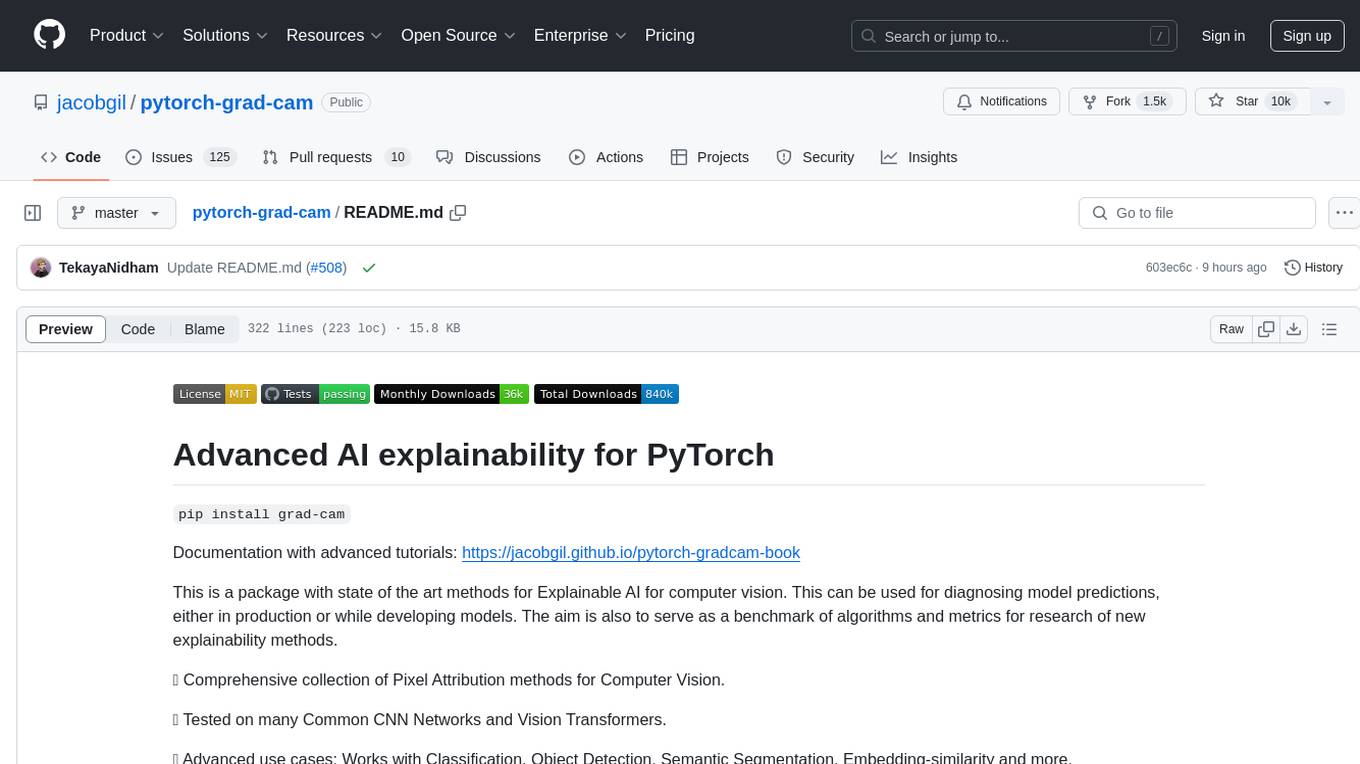
pytorch-grad-cam
This repository provides advanced AI explainability for PyTorch, offering state-of-the-art methods for Explainable AI in computer vision. It includes a comprehensive collection of Pixel Attribution methods for various tasks like Classification, Object Detection, Semantic Segmentation, and more. The package supports high performance with full batch image support and includes metrics for evaluating and tuning explanations. Users can visualize and interpret model predictions, making it suitable for both production and model development scenarios.
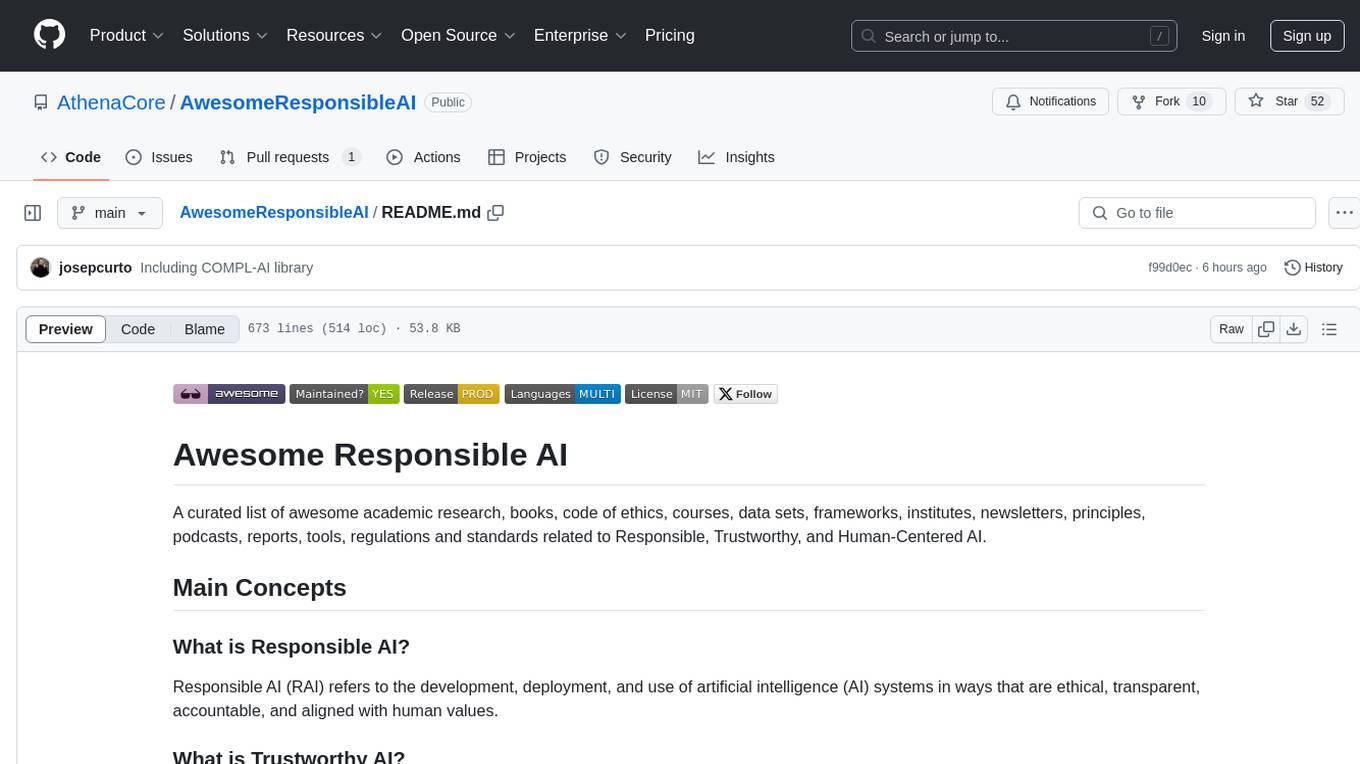
AwesomeResponsibleAI
Awesome Responsible AI is a curated list of academic research, books, code of ethics, courses, data sets, frameworks, institutes, newsletters, principles, podcasts, reports, tools, regulations, and standards related to Responsible, Trustworthy, and Human-Centered AI. It covers various concepts such as Responsible AI, Trustworthy AI, Human-Centered AI, Responsible AI frameworks, AI Governance, and more. The repository provides a comprehensive collection of resources for individuals interested in ethical, transparent, and accountable AI development and deployment.
For similar jobs

weave
Weave is a toolkit for developing Generative AI applications, built by Weights & Biases. With Weave, you can log and debug language model inputs, outputs, and traces; build rigorous, apples-to-apples evaluations for language model use cases; and organize all the information generated across the LLM workflow, from experimentation to evaluations to production. Weave aims to bring rigor, best-practices, and composability to the inherently experimental process of developing Generative AI software, without introducing cognitive overhead.

LLMStack
LLMStack is a no-code platform for building generative AI agents, workflows, and chatbots. It allows users to connect their own data, internal tools, and GPT-powered models without any coding experience. LLMStack can be deployed to the cloud or on-premise and can be accessed via HTTP API or triggered from Slack or Discord.

VisionCraft
The VisionCraft API is a free API for using over 100 different AI models. From images to sound.

kaito
Kaito is an operator that automates the AI/ML inference model deployment in a Kubernetes cluster. It manages large model files using container images, avoids tuning deployment parameters to fit GPU hardware by providing preset configurations, auto-provisions GPU nodes based on model requirements, and hosts large model images in the public Microsoft Container Registry (MCR) if the license allows. Using Kaito, the workflow of onboarding large AI inference models in Kubernetes is largely simplified.

PyRIT
PyRIT is an open access automation framework designed to empower security professionals and ML engineers to red team foundation models and their applications. It automates AI Red Teaming tasks to allow operators to focus on more complicated and time-consuming tasks and can also identify security harms such as misuse (e.g., malware generation, jailbreaking), and privacy harms (e.g., identity theft). The goal is to allow researchers to have a baseline of how well their model and entire inference pipeline is doing against different harm categories and to be able to compare that baseline to future iterations of their model. This allows them to have empirical data on how well their model is doing today, and detect any degradation of performance based on future improvements.

tabby
Tabby is a self-hosted AI coding assistant, offering an open-source and on-premises alternative to GitHub Copilot. It boasts several key features: * Self-contained, with no need for a DBMS or cloud service. * OpenAPI interface, easy to integrate with existing infrastructure (e.g Cloud IDE). * Supports consumer-grade GPUs.

spear
SPEAR (Simulator for Photorealistic Embodied AI Research) is a powerful tool for training embodied agents. It features 300 unique virtual indoor environments with 2,566 unique rooms and 17,234 unique objects that can be manipulated individually. Each environment is designed by a professional artist and features detailed geometry, photorealistic materials, and a unique floor plan and object layout. SPEAR is implemented as Unreal Engine assets and provides an OpenAI Gym interface for interacting with the environments via Python.

Magick
Magick is a groundbreaking visual AIDE (Artificial Intelligence Development Environment) for no-code data pipelines and multimodal agents. Magick can connect to other services and comes with nodes and templates well-suited for intelligent agents, chatbots, complex reasoning systems and realistic characters.
















































































